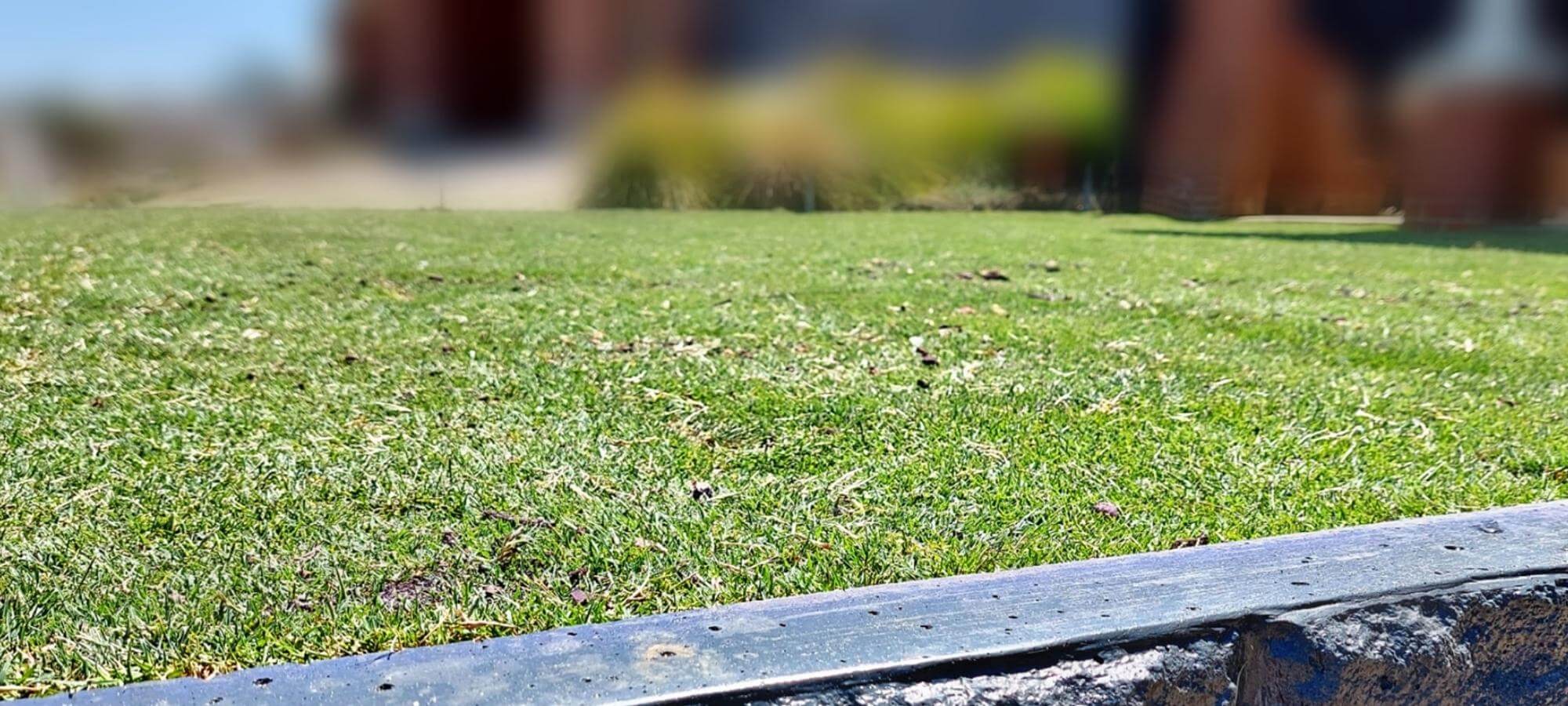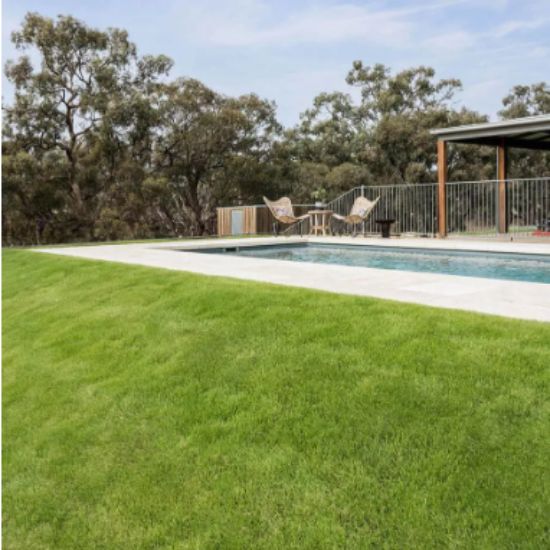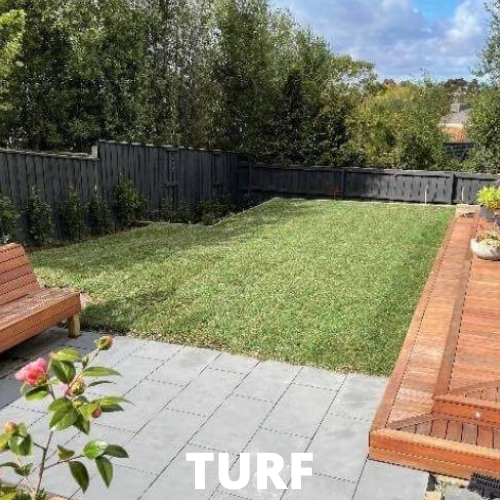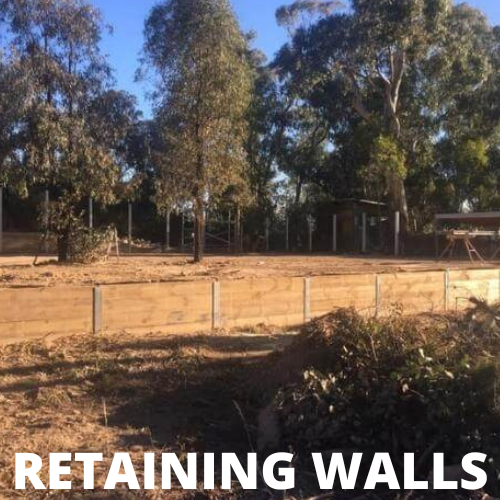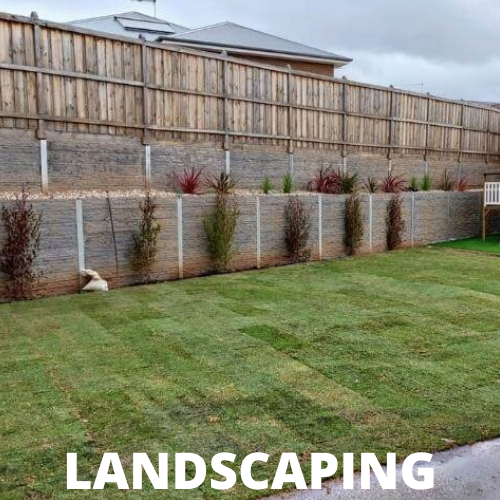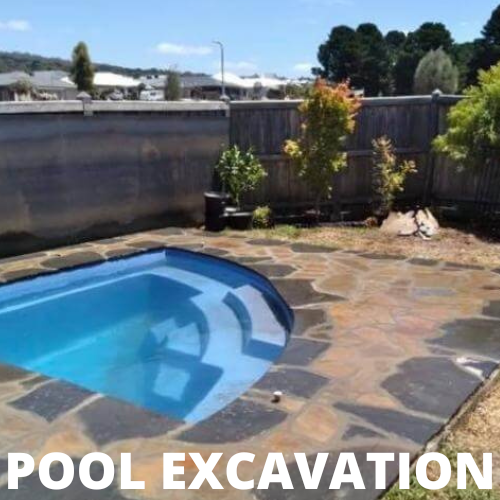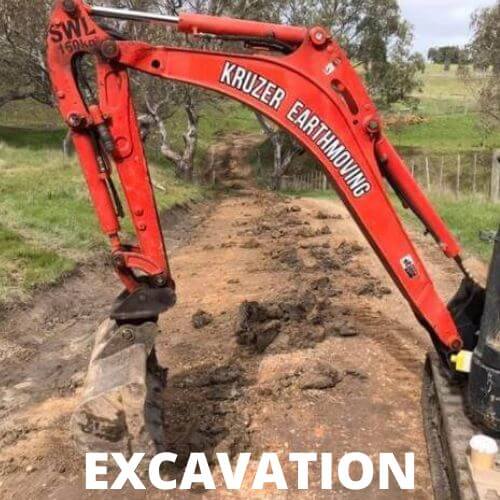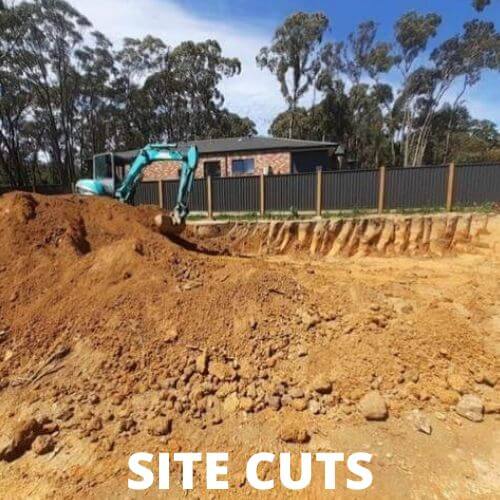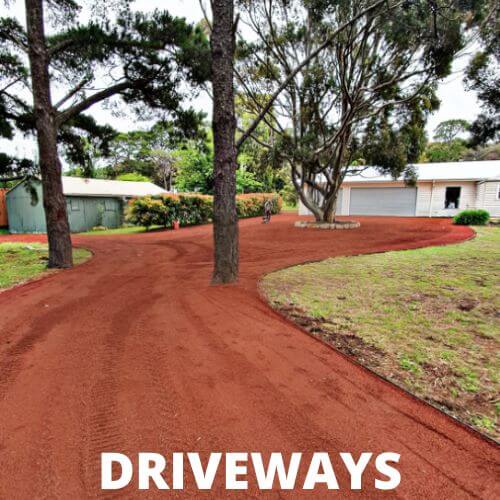Sir Grange Zoysia
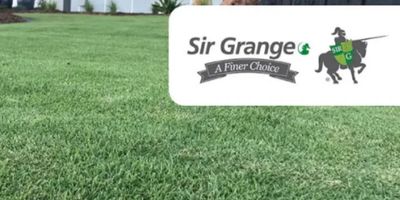
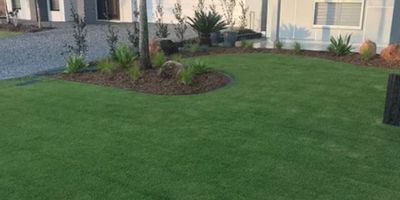
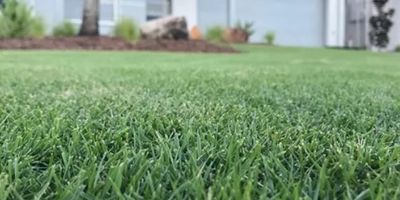
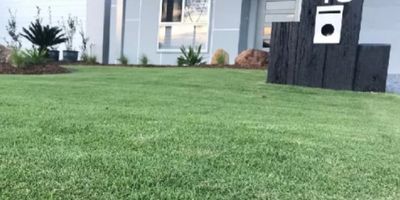
ABOUT SIR GRANGE ZOYSIA TURF
- Perfect for a residential feature area, patio, or pool is a gorgeous showcase grass.
- Minimal nutritional needs
- Suggested automated irrigation system
- Not appropriate for dogs
- Dark green leaf
- Bug and weed resistance
- Very slow lateral growth
- Once established, have low water needs
SIR GRANGE TURF
Care instructions for zoysia grass
Even though Sir Grange Zoysia grass normally needs less upkeep than other grass types, it will still need some attention after it has grown in.
Fertilising
Growing Sir Grange Zoysia in Victoria has several advantages, including the fact that it often requires less fertilization and 75% less nitrogen than other grass species. Sir Grange frequently doesn't need any fertilizer at all.
Dethatching
The layer of decaying plant matter that builds up on the soil's surface is known as thatch. Because of its propensity for thatch buildup, zoysia can restrict sunlight, water, and nutrients from reaching the soil. So be careful to use a dethatcher or rake to get rid of thatching anytime you detect it.
Sir Grange Zoysia is drought resistant and requires little irrigation. Only apply water if it appears like the lawn needs it (i.e. if the leaf blades are starting to curl inwards or it appears dry). Even while zoysia doesn't need a lot of irrigation for healthy development, this will always rely on the surrounding environment.
Mowing
The silica content of zoysia grass is often higher than that of other types, supporting robust and healthy development. Therefore, it's essential to keep the height of your Sir Grange grass no lower than 10mm for robust grass that is also soft to the touch. Never cut off more than one-third of the blade length, and mow once per week to two weeks, or as necessary.
One of the weeds you can run across with your Sir Grange Zoysia grass is Bermuda grass, an aggressive type of grass. This might appear at the margins of your lawn or in any barren places where it has an advantage over rival plants.
Bermuda grass, often known as couch grass, is a common lawn and playing surface material in Australia. So why is it described as a weed here? just because the plant is thriving in an undesirable location!
If left unchecked, Bermuda grass will swiftly take over your lawn thanks to its horizontal stolons (above ground) and rhizomes (below ground) means of propagation.
There are three ways to get rid of Bermuda grass from your lawn:
Applying mulch to your lawn will prevent Bermuda grass in certain spots from receiving sunlight. Alternatively, you might use zoysia grass plugs to cover any barren places in your lawn.
Use a specific herbicide to spot-treat the damaged areas, which will kill the Bermuda grass without harming your zoysia lawn. Don't use a non-selective herbicide since it will harm your zoysia grass and everything else it comes into touch with.
preserving the strength, thickness, and health of your zoysia lawn so that it outcompetes Bermuda grass and other weeds and denies them a foothold. You may do this by maintaining a consistent lawn care routine that includes the right techniques for watering, mowing, and fertilizing.
This particular zoysia kind has soft, delicate leaves that are great for strolling on and is a low allergic grass type. However, it struggles with heavy foot traffic, making it maybe not the greatest option for households with young children and dogs.
Having said that, it is incredible how many wonderful qualities this remarkable type of zoysia grass has;
It tolerates drought well and uses a lot less water than many other types of grass (once established).
It thrives in both places of direct sunlight and dappled shade.
Due of its sluggish growth, it requires up to 50% less mowing than other types. Depending on your preferences, you can mow it at different heights.
Its extremely deep root system deters weeds and insects from harming it.
Sir Grange, in contrast to some varieties of zoysia grass, grows so slowly that it takes very little upkeep and won't encroach on garden beds.
Once established, it will be a stunning display lawn with a rich green color.
After installation, soak the freshly installed turf well for 10–14 days, or until it becomes established. Once the grass has established, cut back on watering and only water when the lawn seems dry. As soon as the grass has taken root, softly trim it to encourage lateral growth (should be in 10-14 days after installation)
If left addressed, brown patches in your lawn not only look bad but, depending on their origin, may potentially lead to serious harm.
A fungus known as "brown patch" may be to blame if brown spots appear on your Sir Grange Zoysia lawn. It develops in hot, humid conditions or on lawns that are irrigated in the evening. This is the most prevalent disease affecting zoysia grass. Because of this, even though Victoria residents who like their lawns often have little cause for concern, it's still important to keep an eye on.
Even though it starts off little, brown patches—which are dark rings that surround green patches of grass—can rapidly expand to cover your entire lawn. Watering in the morning after the dew has dried is preferable to watering in the evening when the fungus can be spread by water droplets. This is the optimum time to water to avoid brown patches.
The following additional factors might also be to blame for any brown stains or patches on your Sir Grange:
- Overuse of foot traffic creates dead zones
- Dry spots brought on by inadequate or inconsistent irrigation techniques
- A few exposed areas caused by the soil becoming hydrophobic (water-repellent) due to heat stress
dog urine nitrogen caused burnt spots.
We are not exaggerating when we claim that Sir Grange is one of the most beautiful grasses in the world. Sir Grange turf was hand-selected from more than 10,000 grass species for use on upscale golf courses because of its deep emerald green color and smooth, fine leaf blades. A hole in one, indeed.
In areas where it can be appreciated, Sir Grange enjoys it the most. It functions best in low-traffic areas with full sun to part shade (once planted). But kindly, no pets! In Victorian temperature zones, Sir Grange is a very sluggish growth, which is ideal if you want a low maintenance lawn, but if you have a pet in your backyard, Sir Grange may struggle to self-repair if it suffers damage from dog urine burn.
INSECT AND WEED RESISTANT
Sir Grange’s robust root system and lateral growth pattern will minimize weed development and insect damage. Sir Grange is extremely soft underfoot because to the delicate leaf blade; did we also mention that it is low allergenic? Springtime sniffles, farewell!
